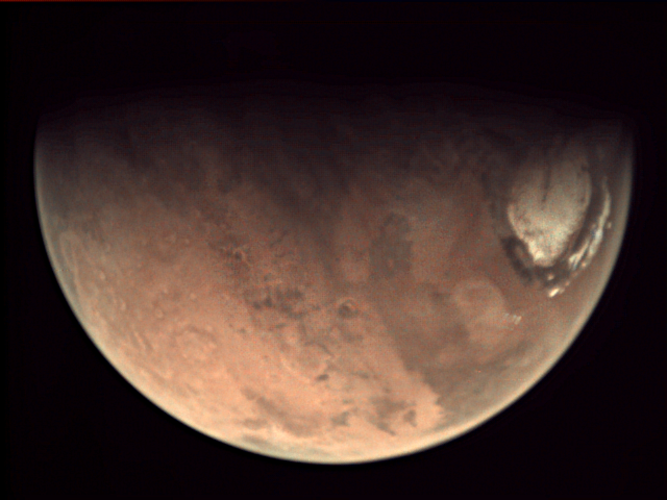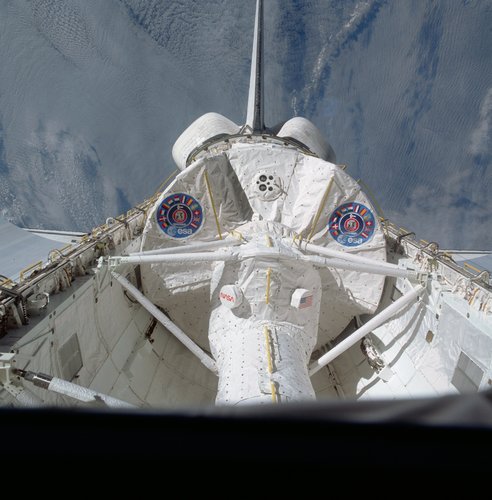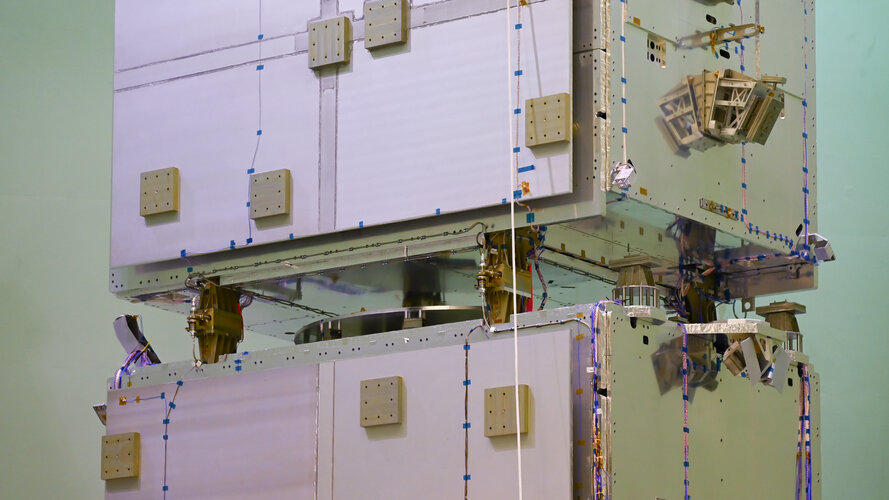
Copernical Team
NASA telescope data becomes music you can play
 For millennia, musicians have looked to the heavens for inspiration. Now a new collaboration is enabling actual data from NASA telescopes to be used as the basis for original music that can be played by humans.
Since 2020, the "sonification" project at NASA's Chandra X-ray Center has translated the digital data taken by telescopes into notes and sounds. This process allows the listener to
For millennia, musicians have looked to the heavens for inspiration. Now a new collaboration is enabling actual data from NASA telescopes to be used as the basis for original music that can be played by humans.
Since 2020, the "sonification" project at NASA's Chandra X-ray Center has translated the digital data taken by telescopes into notes and sounds. This process allows the listener to Webb observes the glowing embers of colliding neutron stars
 Gamma-ray bursts are brief flashes of the most energetic form of light, reaching us from the distant Universe. They have their origin in stellar explosions, but the exact circumstances are still debated. Now a team of researchers including astronomers from the Niels Bohr Institute has used the James Webb Space Telescope to study a gamma-ray burst, which turned out to be the second-brightest ever
Gamma-ray bursts are brief flashes of the most energetic form of light, reaching us from the distant Universe. They have their origin in stellar explosions, but the exact circumstances are still debated. Now a team of researchers including astronomers from the Niels Bohr Institute has used the James Webb Space Telescope to study a gamma-ray burst, which turned out to be the second-brightest ever Deep learning speeds up galactic calculations
 Supernovae, exploding stars, play a critical role in the formation and evolution of galaxies. However, key aspects of them are notoriously difficult to simulate accurately in reasonably short amounts of time. For the first time, a team of researchers, including those from The University of Tokyo, apply deep learning to the problem of supernova simulation. Their approach can speed up the simulati
Supernovae, exploding stars, play a critical role in the formation and evolution of galaxies. However, key aspects of them are notoriously difficult to simulate accurately in reasonably short amounts of time. For the first time, a team of researchers, including those from The University of Tokyo, apply deep learning to the problem of supernova simulation. Their approach can speed up the simulati Spacecraft fall silent as Mars disappears behind the Sun

SpaceX 'Starship' launch postponed until Saturday
 SpaceX has pushed back by one day the long awaited second launch of its next-generation Starship rocket because of technical issues, the company's CEO Elon Musk said Thursday.
The space world is buzzing with anticipation ahead of the orbital test flight, originally scheduled for Friday and now due to take off Saturday, after a first attempt in April ended in a massive explosion.
"We need
SpaceX has pushed back by one day the long awaited second launch of its next-generation Starship rocket because of technical issues, the company's CEO Elon Musk said Thursday.
The space world is buzzing with anticipation ahead of the orbital test flight, originally scheduled for Friday and now due to take off Saturday, after a first attempt in April ended in a massive explosion.
"We need Spacelab-1: 40 years on

Forty years ago this month, the first European-built Spacelab was launched from Kennedy Space Center, Florida, on board Space Shuttle Columbia. Also on board was Ulf Merbold, who became ESA's first astronaut in space. The 10-day Spacelab-1 mission marked ESA's entry into human spaceflight activities.
Hubble measures the size of the nearest transiting Earth-sized planet

The NASA/ESA Hubble Space Telescope has measured the size of the nearest Earth-sized exoplanet that passes across the face of a neighbouring star. This alignment, called a transit, opens the door to follow-on studies to see what kind of atmosphere, if any, the rocky world might have.
Galileo Second Generation satellite aces first hardware tests

The new Galileo satellite model from Thales Alenia Space underwent mechanical and signal performance testing this summer at ESA’s ESTEC Test Centre. Structural models resisted launch-like noise and vibrations while an electrical model proved its ability to send Galileo signals - a major milestone in the development of Galileo’s Second Generation.
How students built Ireland’s first satellite
 Video:
00:22:10
Video:
00:22:10
A team of university students from University College Dublin is taking Ireland to space, for the very first time. The story begins in 2017, when the team was accepted to ESA's educational CubeSat programme, Fly Your Satellite! Over the course of six years, they have designed, built, and tested the satellite with the help of ESA experts and with access to ESA's state-of-the-art spacecraft testing facilities. As the team prepares for launch and operations, hear more about their journey to this historic moment.
SpaceX will try again to launch its mega rocket into orbit after first attempt ended in an explosion

